Thailand Road Trip Guide
Introduction

Thailand is a country of diverse landscapes and vibrant cultures, making it an ideal destination for a self-driving adventure. From the bustling streets of Bangkok with its glistening temples and floating markets to the tranquil beaches of Phuket and the verdant mountains of Chiang Mai, each region offers unique experiences that are best explored at your own pace. Embark on a journey through the scenic routes of Thailand, where ancient ruins meet modern attractions, and savor the freedom to discover hidden gems outside the typical tourist trails. Whether it’s the historical richness of Ayutthaya, the cultural allure of Chiang Rai, or the island paradises of Koh Samui, a self-drive tour ensures an unforgettable exploration of Thailand’s must-see attractions.
Car Rental Tips
Book in Advance
Generally, we recommend that you make your reservation one month in advance so that you could choose the desired vehicle and date.
If you proceed directly to the car rental store without a booking, it is likely that the car you need might be unavailable.
If you are already a QEEQ diamond member, you only need 1$ to freeze your booking and make the rest of the payment before pick-up, which does not affect your credit card limit.
Required Documents
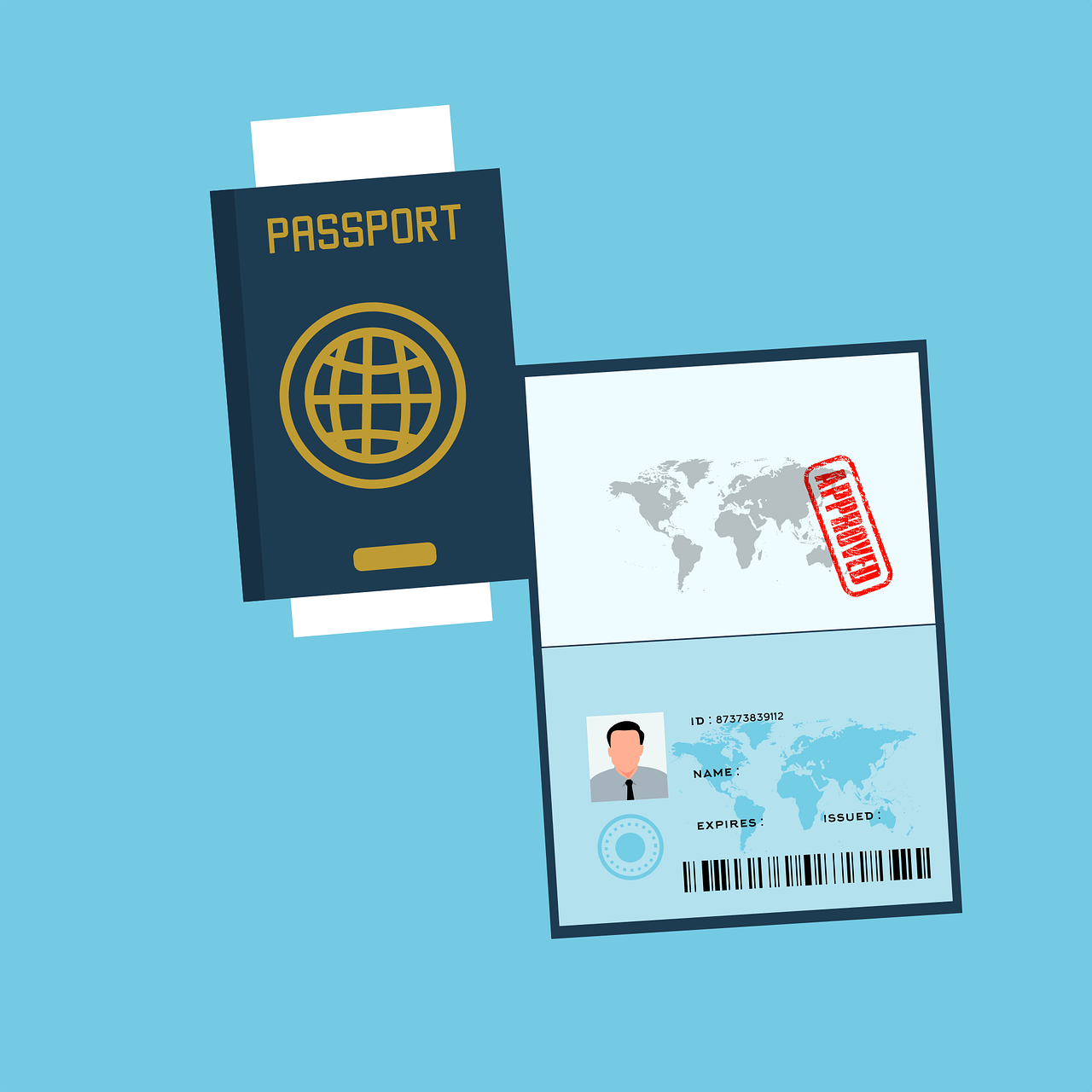
Passport, Driver’s License, IDP (Optimal), Credit Card
International Driving Permit (IDP) is highly recommended, which allows you to drive legally in countries that need one.
If it is inconvenient for you to apply an IDP, generate a free driver’s license translation on QEEQ.com (Japanese site only).
Tips: Please be aware that most rental companies require drivers to have held their license for at least one year. Additionally, some companies have age restrictions, and drivers under a certain age may need to pay a young driver fee.
Car Choices
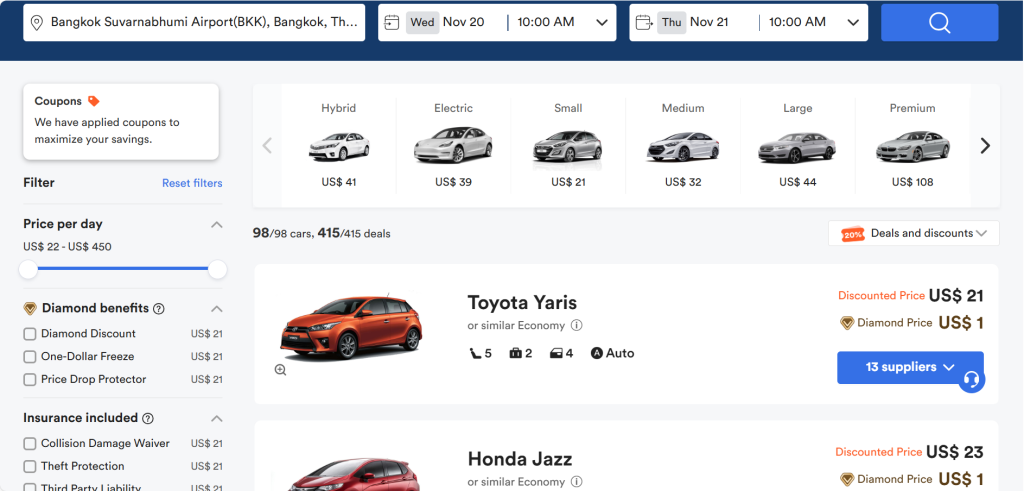
The choice of your car depends largely on the duration of your trip, passenger number, luggage amount and road conditions.
- City Driving for small groups (1-3 passengers)
If you are a couple, or travel with a friend or two, or if you travel alone, a reasonably priced small car would be a good choice.
Compact size cars have 4 to 5 seats. We recommend sparing one passenger capacity so you could relax and have more space.
- 4 to 5 passengers including children and elderly
Medium and large size cars are recommended. These models could still possess a fair mount of space with 2 to 3 suitcases. SUVs are suitable for hybrid road conditions. Eco-friendly cars such as the Prius could save your spend on gasoline. Choose what you need giving you peace of mind on long trips.
- Traveling in a group of 6 or more
It would be a wonderful experience to choose a van for everyone to have his or her own seat. These models accommodate a passenger capacity from 7 to 12 people. While it is noticeable that large cars cannot make quick and sharp turns. So we recommend renting two small or medium-sized cars if you spend a lot of time driving through towns.
Online Booking Process

We are endeavoring to make your booking as convenient as possible. Enter our website QEEQ.COM, log in, enter the required information, and follow the instructions, you are free to rent your desired car.
Insurance
What Insurances Are Available?
*For Autopilot Cars:
- Insured: Protection for the person renting the car, including passenger accident insurance and personal accident insurance (PAI). This includes the personal safety of the driver, passengers, and their personal belongings.
- Automobile Insurance: protection for the vehicle of the renter. Collision Damage Waiver (CDW) is one example.
- Third-party Insurance: insurance that protects third parties other than the renter and the car rental company. Basic Third Party Liability (BTL) insurance, etc.
International car rental bookings will include the basic insurance required for car rentals: Vehicle Damage Coverage, Theft System, and Third Party Liability Insurance.
The deductible is the maximum amount of money you’re liable for in the event your rental car is damaged or stolen as long as you follow the conditions of your rental agreement. For example, the deductible is 1000 dollars, if the damage to the rented car is less than 1000 dollars, the customer pays; if the damage is more than 1000 dollars, the customer pays up to 1000 dollars; and the store’s insurance company pays for the part exceeding 1000 dollars.
Many travelers want more comprehensive coverage and purchase additional insurance. Personnel, vehicle and third-party coverage varies by insurance type. Here are some examples of common types of insurance (note: more checks means more coverage):
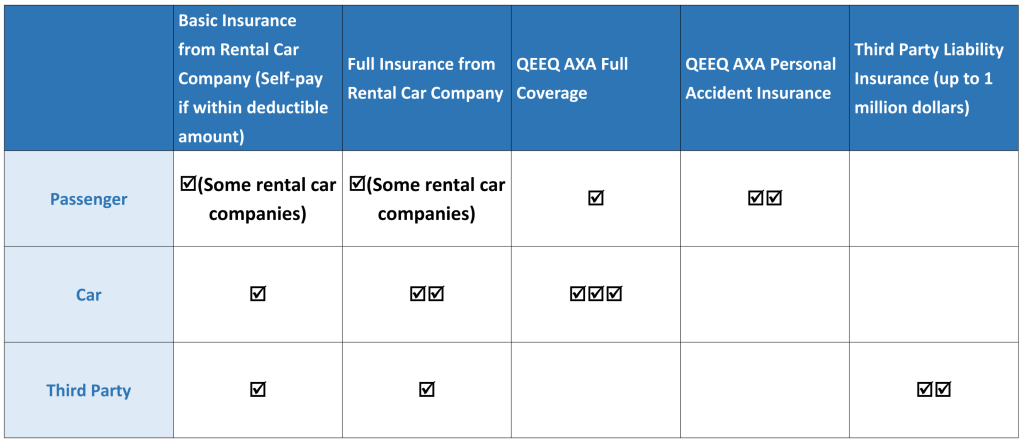
When and How to Purchase Insurance
There are two ways to obtain insurance: one is to purchase insurance when booking the car online; the other is to purchase insurance at the local store where the car is rented when picking up the car.
Generally, insurances provided by rental car companies usually has narrower coverage, higher premiums, so purchasing insurance online when booking the car is highly recommended.
How to Choose Insurance
If you are traveling with limited budget, it is better to choose the kind of insurance policy with the most comprehensive coverage. The main reasons are:
- Repairing fee for the car would probably be higher abroad.
- In case of an accident, the medical cost and compensation are very high.
- The wider the coverage, the less the troubles you would deal with, which saves tons of time and energy.
Taking automobile insurance as an instance, comparing to common insurance policies, the most comprehensive insurance coverage, including glasses, tires, chassis protection, and considerations for special road conditions such as sand and rocks, is very necessary, but basic insurance of car rental companies usually does not include full coverage as such.
Picking Up the Car
Check Before Departure
Before proceeding to the car rental shop, make sure you have brought with you all necessary documents for picking up the vehicle, and two international credit cards is recommended to ensure that there is enough credit limit for pre-authorization.
Proceed to the Car Rentals
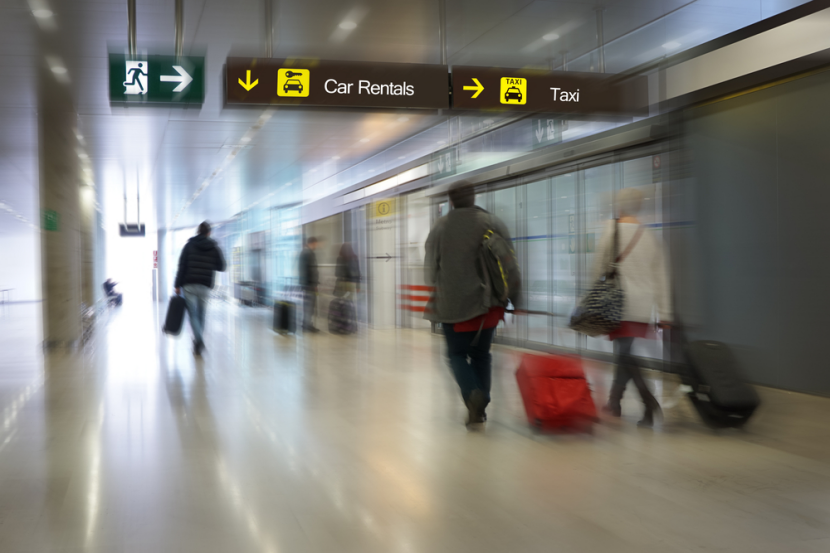
If there is a pickup store nearby, you could just walk there, following signs for airport rental cars.
If the rental car center is far away, there is usually a free shuttle bus bound for the rental car center. Shuttle buses run every 10 minutes approximately, so take the bus when you see the logo of your car rental company.
If the shuttle is not available, you can contact the car rental company and wait for staff member to pick you up at designated location. In case you have difficulty communicating with the store staff, please call QEEQ and we will assist you in English or other languages.
Inspect the Car

When you receive your reserved vehicle, inspect the bodywork for damage. At that time, it’s a good idea to document the entire process with your smartphone camera or take a picture of the dashboard. Because if you forgot to check the condition of your vehicle before departure, you may be charged for wronged damage repairs when you return it.
Payment

Payment is due on the day of the rental unless you are paying online or purchasing a tour package.
Insurance is usually included in the rental price, but some car rental companies offer paid options for more comprehensive coverage.
Last but not least, keep all contracts and documents safe for possible further usage. Once you have received your keys, check the seat heights, mirror positions, secure child seats, and then you are ready to go!
Traffic Rules and Signs
Traffic Rules
- Drive on the Left
In Thailand, please remember to drive on the left side of the road, with the driver’s seat positioned on the right.
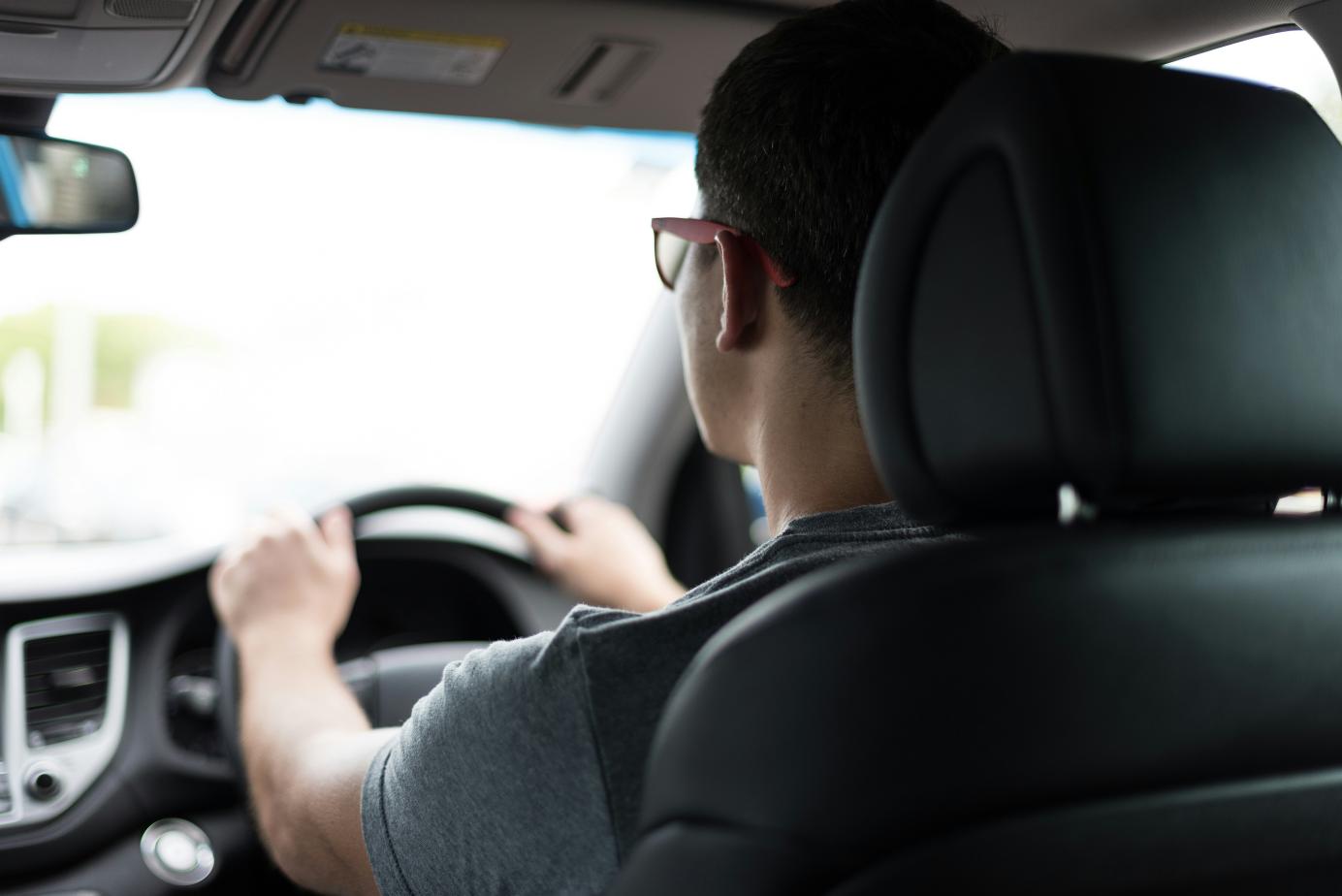
- Pedestrians Have Priority
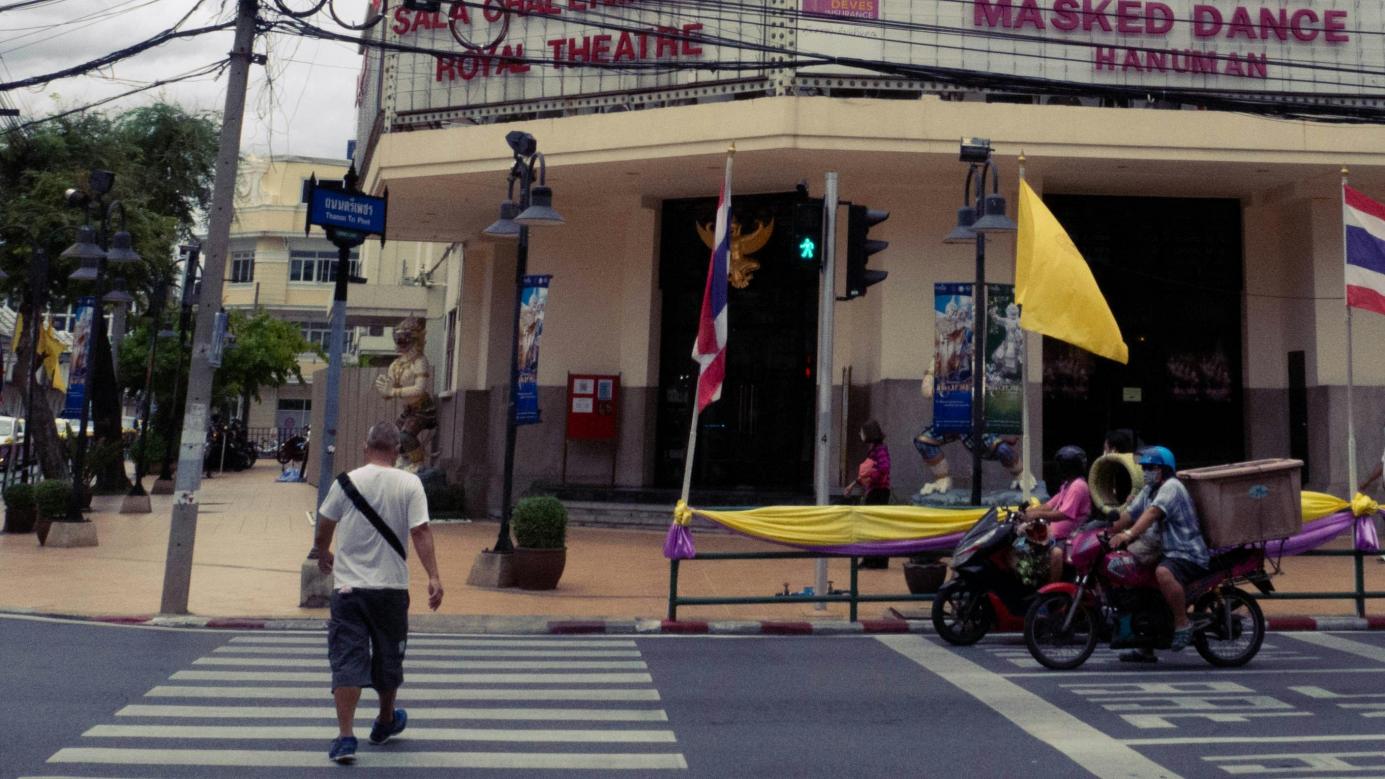
Always give way to pedestrians. They have the right of way, so be prepared to stop for them at crosswalks and intersections.
- Understand Police Signals

Pay attention to traffic officers. A single whistle from a police officer means you should stop, and two short whistles indicate that you can proceed.
- Check Your Headlights

In Thailand, it’s uncommon for drivers to use high beams at night. If another driver flashes their lights at you, it may be a signal to switch off your high beams.
- Always Wear Seat Belts
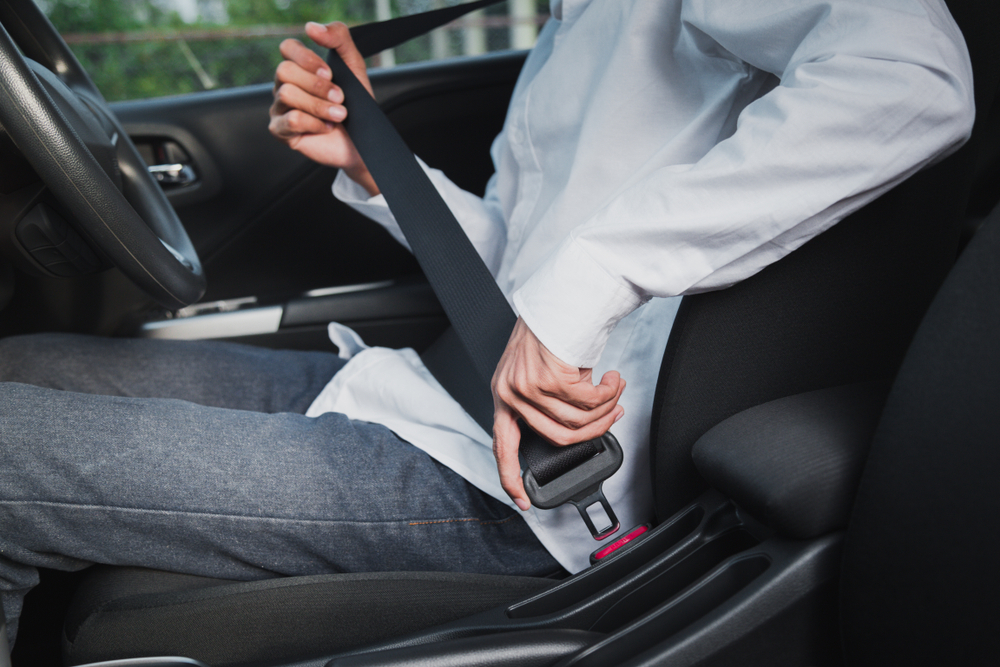
Everyone in the car must wear a seat belt, including passengers in the back seats.
- Watch for Motorcycles
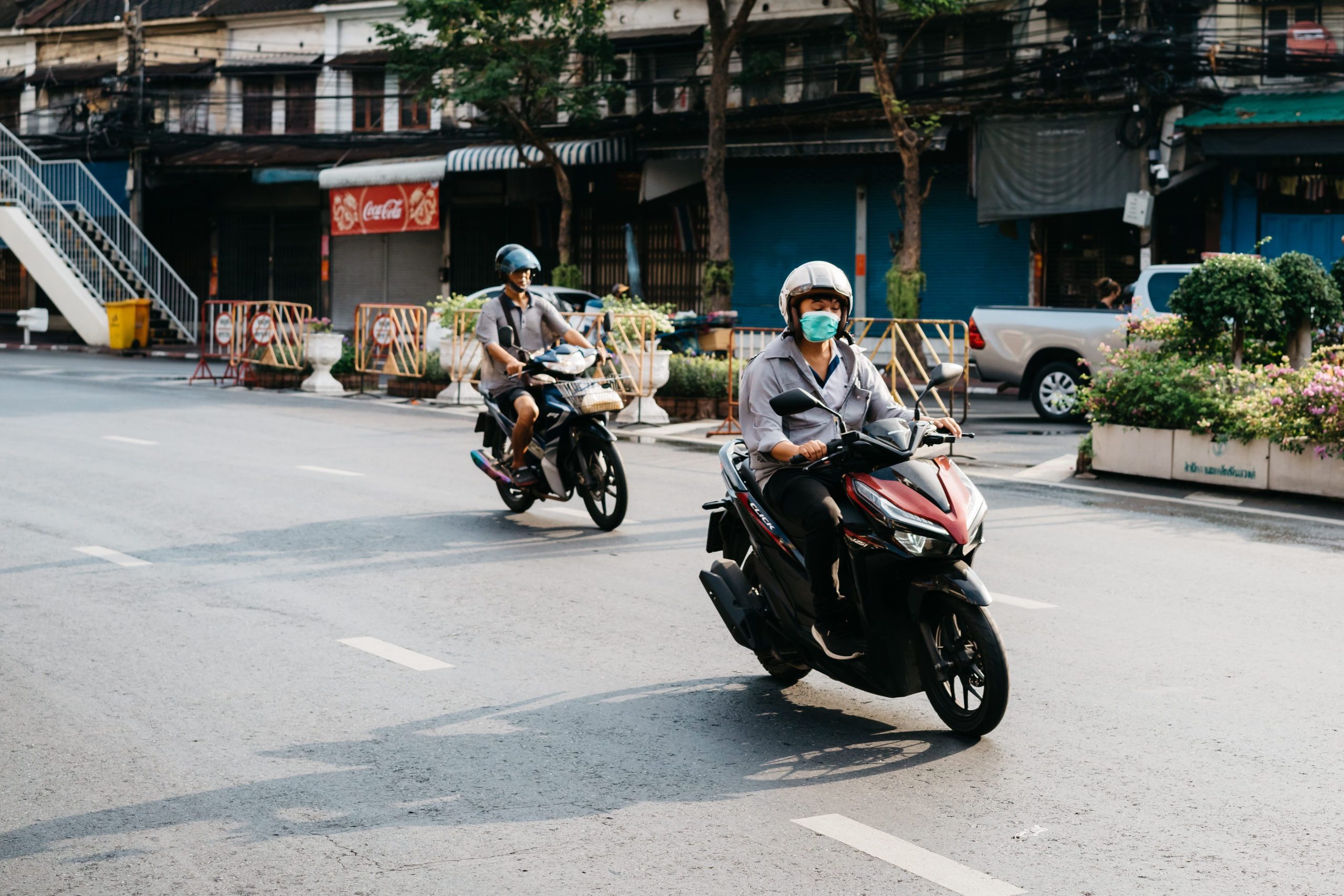
Motorcycles are everywhere, often without their own lanes. Stay alert and be cautious when changing lanes.
- Respect Right of Way
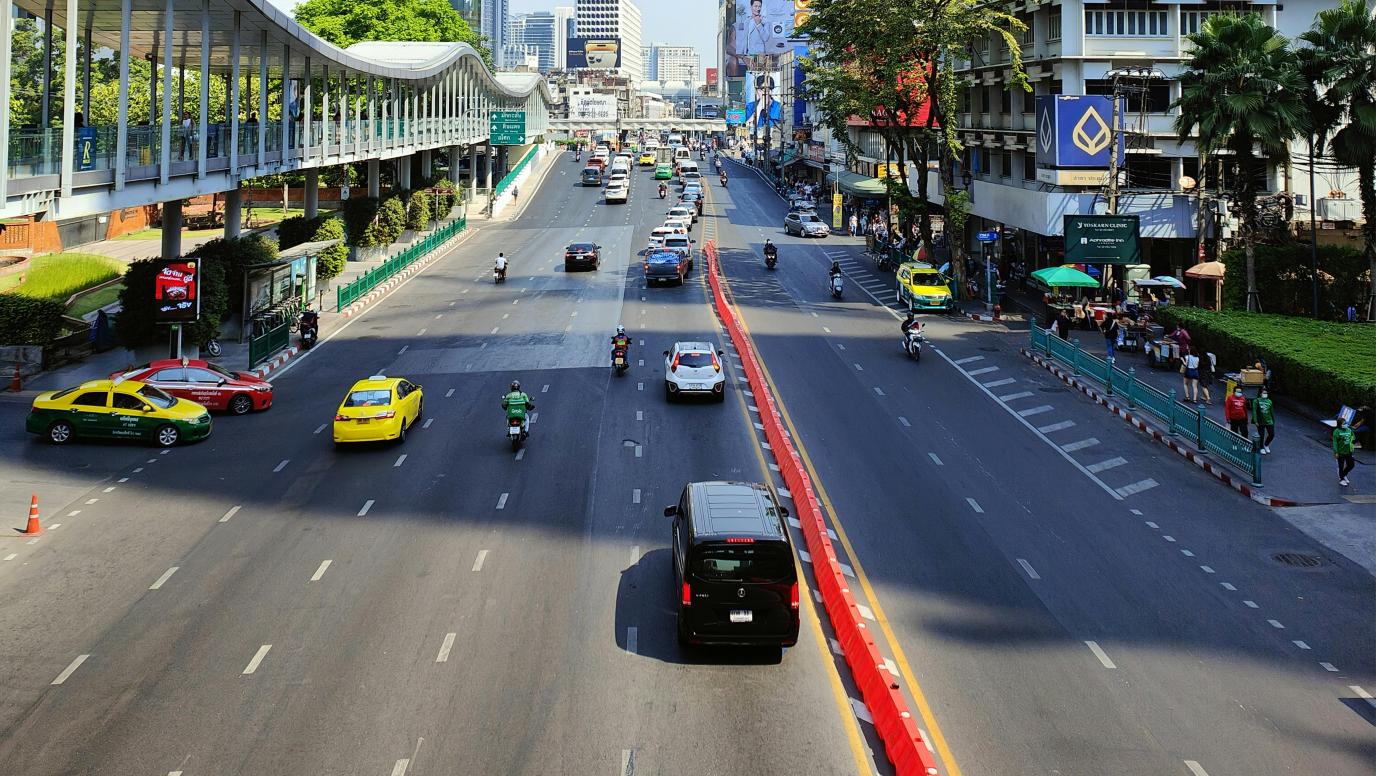
Familiarize yourself with local driving priorities. Typically, vehicles going straight have priority over those turning, and cars on main roads have precedence over those on smaller roads.
Signs
- Stop Sign
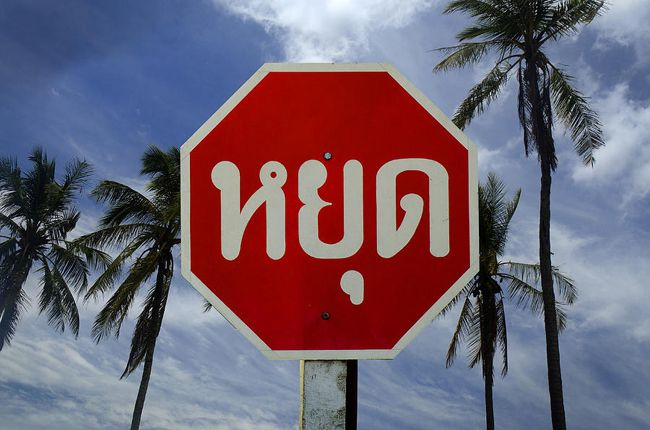
When approaching a stop sign, please come to a complete stop and look carefully in all directions before proceeding. It’s important for each driver to independently ensure the road is clear and safe before moving on.
- Yield Sign
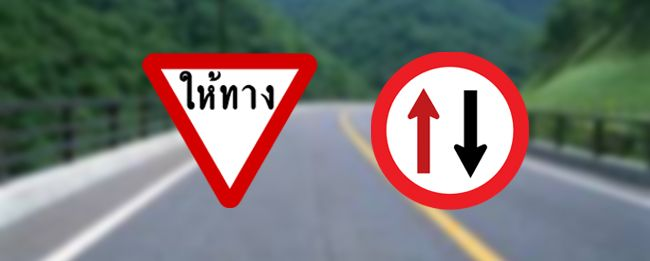
In Thailand, priority is given to pedestrians and vehicles on main roads. Kindly slow down and yield at pedestrian crossings and when merging onto main roads. This practice helps in maintaining a safe and pleasant driving environment for everyone.
- Roundabout
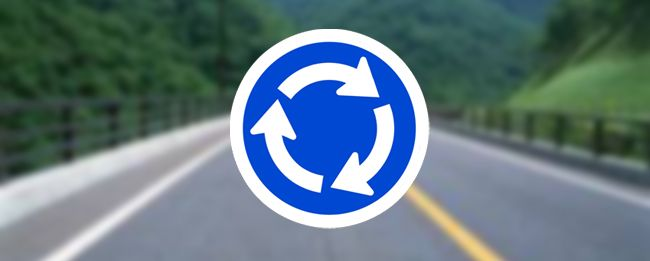
As you enter roundabouts, please follow the directional arrows and give way to vehicles already within the circle, ensuring a smooth flow of traffic.
- No Overtaking
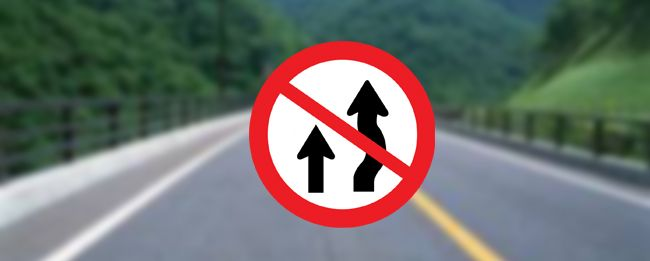
Respect any no-overtaking signs, particularly in challenging sections like bridges and sharp turns. It’s advisable to signal early, overtaking carefully on the right side, and remain attentive to nearby motorcycles.
- No Turn
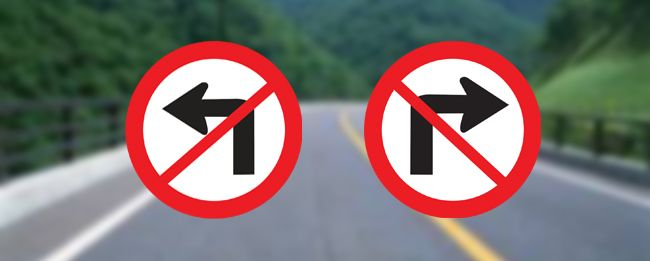
Please observe all no-turn signs. When turns are allowed, signal at least 100 meters prior, reduce speed, and proceed when it is safe. At intersections, it’s courteous to allow oncoming vehicles to continue straight before you make your turn.
- Speed Limit
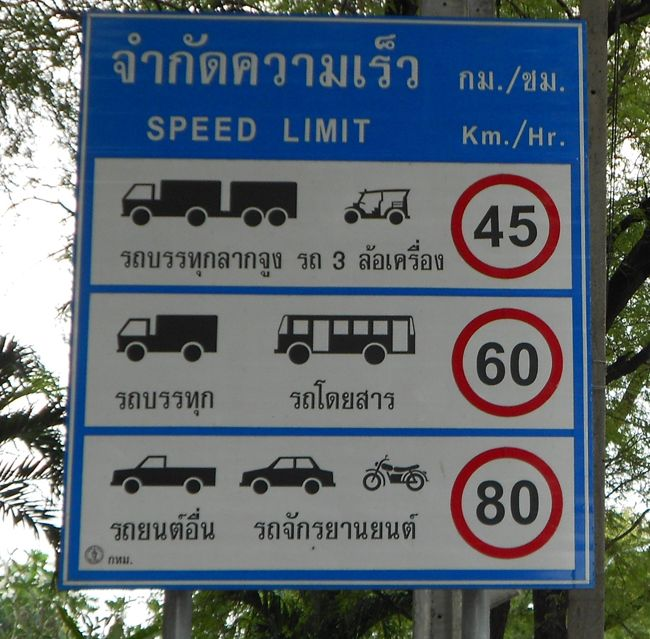
Speed limits vary across regions; typically, residential areas are set between 40-80 km/h, highways range from 90-100 km/h, and the top limit is 120 km/h. Speeding fines can range from 500 to 1,000 Baht (about $14 to $28 USD, 0.028 USD per 1 THB).
- Other Common Signs
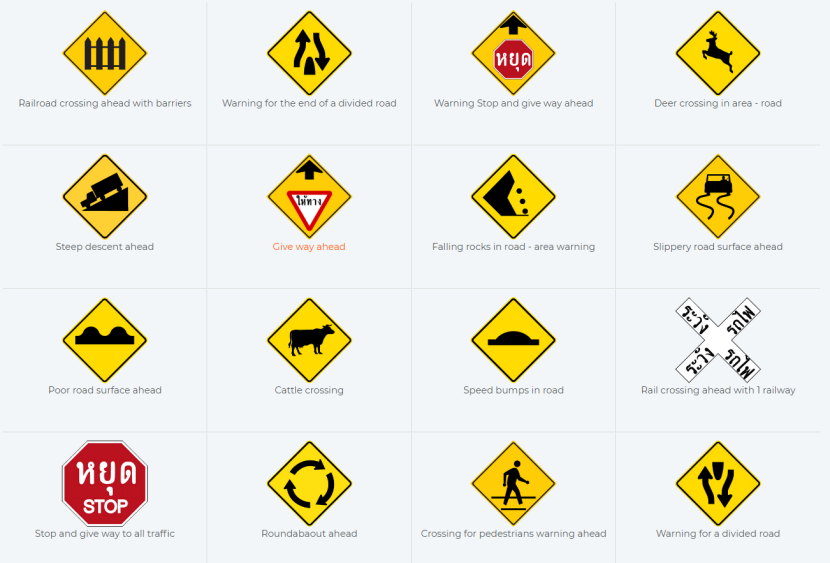
Source: https://www.rhinocarhire.com/Drive-Smart-Blog/Drive-Smart-Thailand/Thailand-Road-Signs.aspx
For more road signs in Thailand, please refer to:
Road and Traffic Signs in Thailand – What You Need to Know
Road Conditions and Toll Payments
Road Conditions
Thailand’s road network spans nearly 100,000 kilometers, divided into national, provincial, and rural roads. Despite the expansive infrastructure, urban centers often face congestion due to a high volume of vehicles. The roads are mainly asphalt-paved, providing smooth surfaces for travel. However, in regions like Pai, the presence of mountainous roads necessitates cautious driving.
Toll Payments
Toll highways in Thailand are limited, with significant routes such as the Bangkok to Pattaya highway requiring tolls. Other roads are typically toll-free and resemble national highways, but local drivers may drive at higher speeds. It’s recommended to plan your journey ahead, checking for toll roads and using GPS settings to avoid them if preferred.
Thailand offers three types of toll payment systems:
- Bangna-Trad Tollway: Charges are based on the distance traveled.
- Motorways: Fees are collected at each station.
- City Expressways: These also follow a station-based system, with electronic payments required in Greater Bangkok.
How to Pay Tolls in Thailand
Payment at toll booths can be made through two primary methods:
- Electronic Payment: Utilize the Easy Pass system for seamless, electronic transactions. This quick option allows for efficient passage through toll booths.
- Cash Payment: For those preferring manual transactions, staffed lanes are available for cash payments, reflecting practices similar to those in other countries.
Only in the Greater Bangkok area is electronic payment required, while elsewhere, cash payments are accepted. Toll fees typically range from 40 to 50 Thai Baht (about $1.12 to $1.40 USD, 0.028 USD = 1 THB)
Fueling
Fuel Prices
Thailand’s fuel prices align with international rates, with petrol approximately priced at 38.77 Thai Baht per liter, and diesel generally costing a bit less.
Fuel Types
In Thailand, petrol is categorized and dispensed using color-coded nozzles:
- 91 Octane (10% Ethanol): Green nozzle
- E20 (20% Ethanol): Light green nozzle
- 95 Octane (10% Ethanol): Orange nozzle
- 95 Octane (Pure Petrol): Yellow nozzle
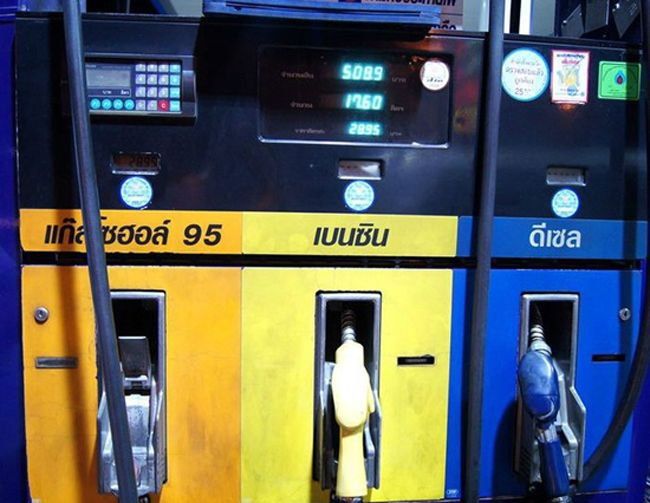
Diesel is dispensed via a blue nozzle. Labels at petrol stations display the fuel type in Thai along with numerical indicators. If you’re unsure, you can check the inside of your fuel cap for the appropriate type, which is typically labeled in Thai, and match it at the station. In case of incorrect fueling, contact the station immediately for assistance in repairing and cleansing the fuel system before starting your engine to prevent damage.
Service at Stations
All refueling in Thailand is full-service, similar to some other countries, where attendants may also wash your windshield as part of the service.
Parking Guidelines
Where to Park
- Public Parking Lots
Prime areas in city centers, shopping malls, larger supermarkets, and hotels typically offer dedicated free parking. Tourist attractions often have parking facilities, which are usually free but occasionally charge a fee.
- Street Parking
Certain restaurants may offer complimentary street parking with attendants assisting—and tipping is customary. Areas with black and white striped curbs allow unlimited parking, while yellow and white stripes indicate temporary parking zones.
Where Not to Park
- Prohibited Zones
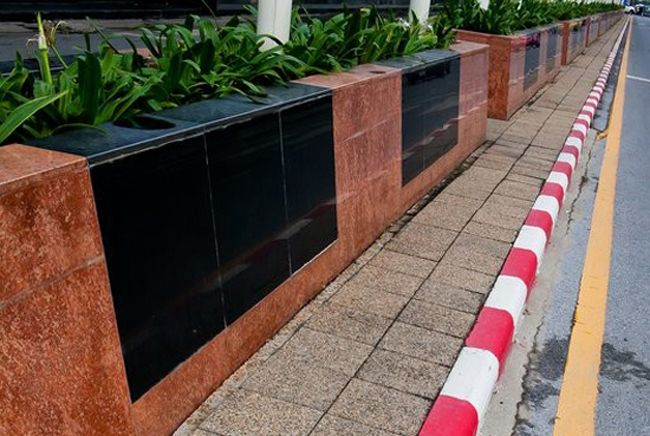
Avoid parking on red and white striped curbs and diagonally marked spots. Always check locally as rules may vary, and ask locals if unsure to avoid penalties.
- Restricted Areas
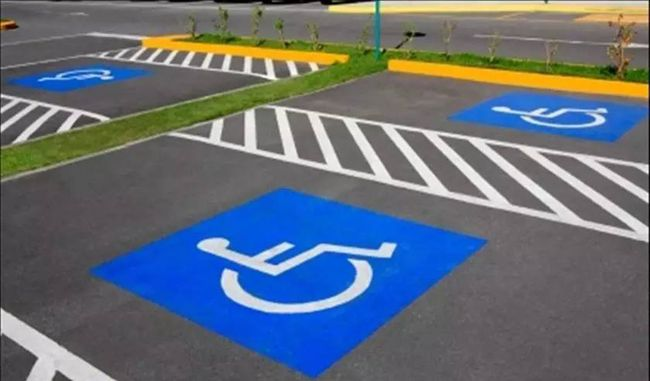
Parking is disallowed in spaces reserved for disabled individuals, building entrances, near fire hydrants, and at bus stops.
- No Parking Signs
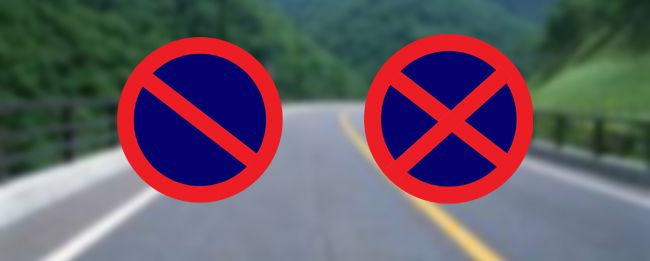
Pay attention to all no-parking signs and comply with local regulations.
Parking Tips
Parking fees are usually paid in person, much like in other places. Planning your parking spots in advance can save you time and help you budget for parking costs. After you park, make sure not to leave any valuables in plain sight to reduce the chances of break-ins.
Accident Handling
If you are involved in a traffic accident, do not panic. Check whether the passengers are injured, help yourself and seek help from passersby. Emergency contacts are available at any time.
- Emergency services
Police: 191
Fire Department: 199
Ambulance: 1699
Roadside Assistance:
Roojai Co.,Ltd.: 02 582 8844
Thai Pattana Insurance Public Co.,Ltd.: 02-305-8799
- Embassy Numbers by Country
The official website of Tourism Authority of Thailand
- You can also call your car rental company
For the rental company’s phone, please refer to your rental confirmation.
Here are the steps to handle different types of accidents:
Minor Collisions
- Ensure everyone’s safety.
- Move the vehicle to the side of the road to avoid obstructing traffic.
- Call 191 to report the accident.
- Take photos or videos of the vehicle’s condition.
- Have the police document the accident and keep the accident report.
- Contact the rental company and your insurance provider.
Vehicle Break-Ins or Theft
- Call 191 to report the incident.
- Have the police document the incident.
- File an insurance claim.
- Verify the information.
- Receive compensation.
Vehicle Breakdown
- Open the car’s trunk and hood.
- Hang a white object on the door handle to signal for help.
- Call the rental company.
- The rental company will dispatch staff for towing or repairs.
- If the rental company cannot resolve the issue, ask the police for towing assistance. Repair costs can be high, so having full insurance is important.
Car Return Process
Important Reminders
After your enjoyable road trip, it’s essential to return the vehicle on time. If you have any questions or need assistance, you can contact the 24-hour customer service hotline.
Car Return Tips
- Refuel Before Returning
If your rental agreement requires a full tank upon return, make sure to refuel within 5 kilometers of the drop-off location and keep the receipt to show the rental staff.
- Keep the Car Clean
Return the car in a clean condition to avoid cleaning fees. Note that smoking in the car may also result in additional charges.
- Reconcile the Fee
When you return the car, the staff will inspect it and provide a final invoice. Carefully review the invoice and address any discrepancies immediately or contact customer service for clarification.
- Keep the Contract and Document
Retain the rental agreement and receipts after returning the car for future reference.
Early or Late Return
- Early Returns
Returning the car early usually does not result in a refund for unused days.
- Late Returns
If you need to return the car late, call the rental location in advance to get approval and confirm any additional charges.
After-Hours Returns
If you can’t return the car during business hours, check if the rental location allows after-hours returns. If permitted,
- Park in the designated area
- Lock the car
- Take photos of the fuel gauge, odometer, and car exterior
- Drop the keys in the key/drop-off box.
Note that you are responsible for the car until the rental location reopens. To avoid issues, it’s best to return the car when staff are present.
Help after Trip
Traffic Citation
How to Pay Fine Ticket:
- Online payment is the most convenient. There is a payment web site attached on the ticket, follow the instructions to enter the ticket serial number and then add your credit card information to pay the fine. Please mind the due date, otherwise you would pay a late fee.
- If you could not pay right away, tell the rental company, and the company could charge your credit card directly, although there is usually a commission.
- If there are no violations during the rental period, the deposit will be automatically unfrozen and refunded to the main driver’s credit card within a month.
Insurance Claim
If you bought a full coverage insurance, you would receive a fast claim settlement. The following documents should be prepared:
- Passport
- Driver’s License
- Credit Card Checkback History
- The Car Rental Contract
- Car Damage Deduction Bill
For more detailed information, check the terms and conditions of insurance company:
https://www.qeeq.com/term?info=axa_policy&browser_open=1
Unknown Charges after Trip
If you received an unexpected deduction when you return to your home country, it might be that your violation fee is paid by the car rental company, but usually the deduction amount will be more expensive than the violation fee because that includes the management fee charged by the car rental company. If you don’t know what the violation was, you can contact our customer service for help.
Classic Routes
- Phuket
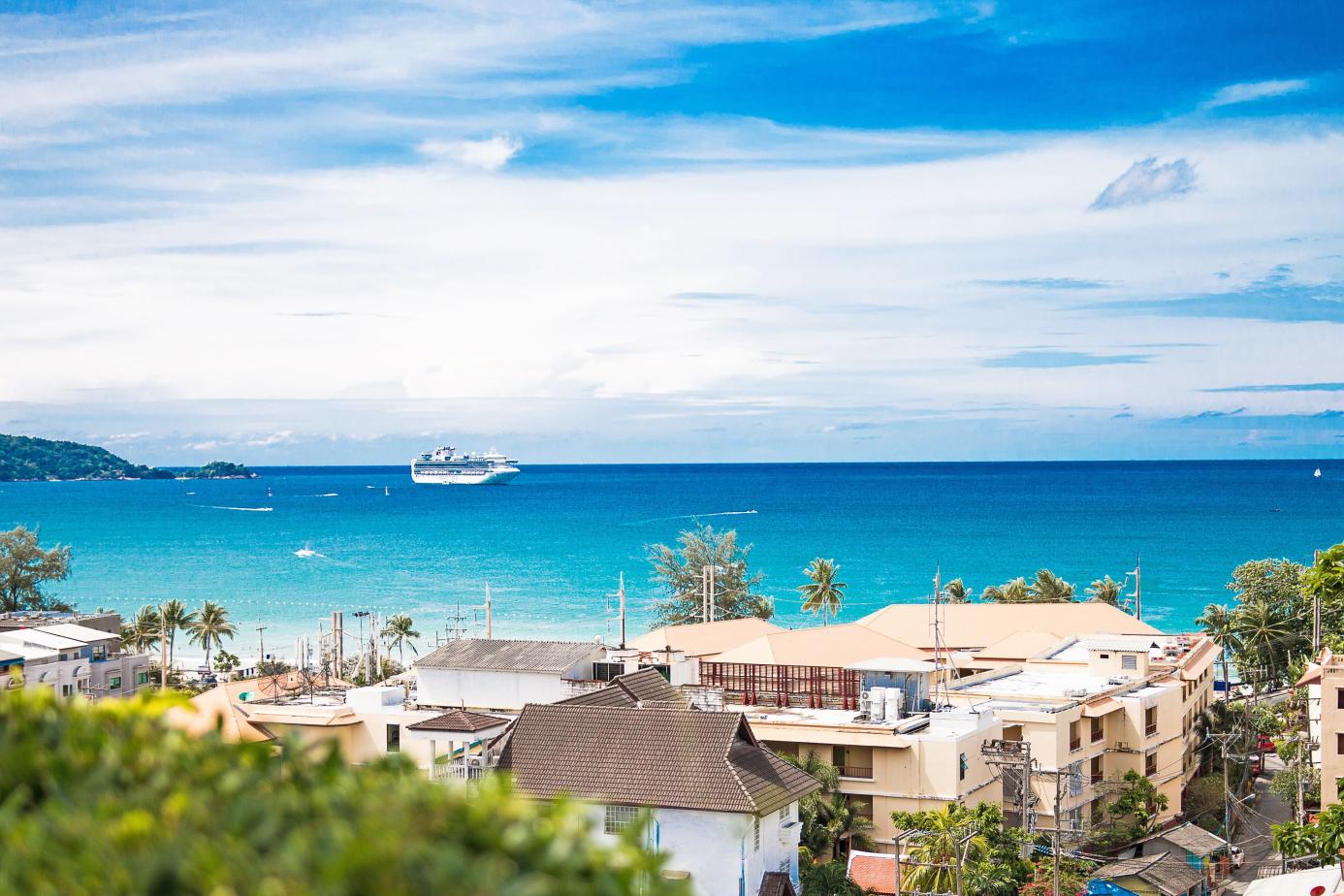
Nestled in the Andaman Sea, Phuket offers a blend of vibrant culture and scenic beauty. Your adventure begins at the iconic Big Buddha, offering sweeping island views. Continue to Karon View Point for breathtaking coastal vistas. Explore the vibrant streets of Old Phuket Town, with its eclectic shops and colorful architecture. For beach enthusiasts, Patong Beach is perfect with its lively atmosphere and famous water sports. Nature lovers can explore Phang Nga Bay, with limestone karsts accessed by guided tours. As evening falls, visit Promthep Cape for an unforgettable sunset. Finally, the Phuket Elephant Sanctuary offers a chance to engage responsibly with wildlife, enhancing your Phuket journey.
- Chiang Mai

Chiang Mai, a captivating city in Northern Thailand, is known for its diverse culture and natural beauty. Experience the scenic drive from Chiang Mai to Doi Inthanon, capturing the essence of this vibrant region. Start with a visit to Phra That Doi Suthep for panoramic views of the city, then explore Thapae Walking Street to indulge in local flavors. As the urban scenery gives way, journey to Doi Ang Khang with its serene gardens and hill tribe culture. Continue along Nimmanhaemin Road, boasting trendy cafes and art galleries. Finally, ascend to Doi Inthanon, Thailand’s tallest peak, with its Twin Royal Pagodas and lush trails. For extra time, consider the Elephant Nature Park for a meaningful wildlife encounter. This route beautifully blends culture and nature, making for an unforgettable Northern Thailand adventure.
- Bangkok – Hua Hin
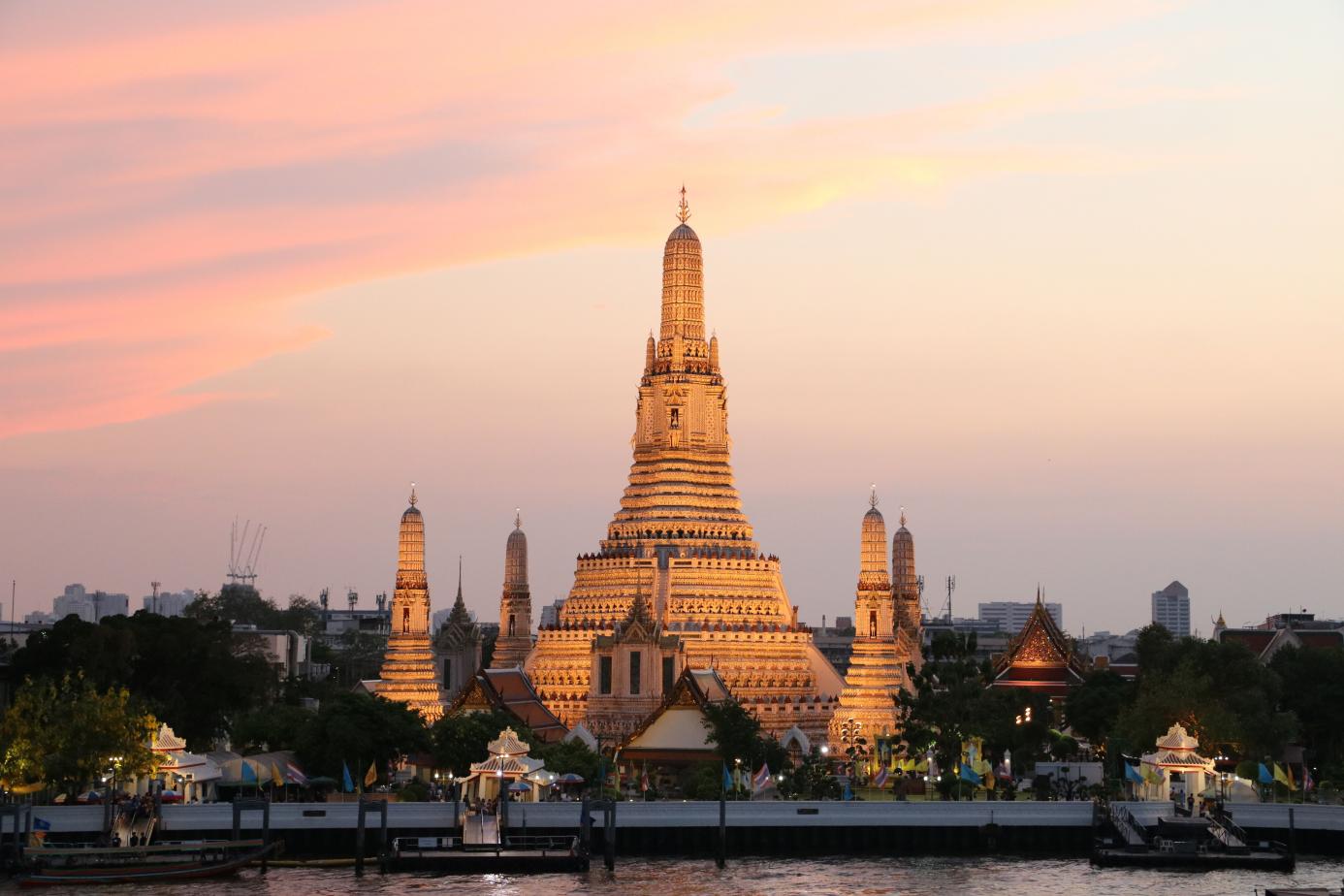
A scenic drive from Bangkok to Hua Hin unfolds a delightful journey through both cultural landmarks and serene coastal vistas. Begin in Bangkok’s vibrant core with a visit to Wat Phra Kaew within the Grand Palace, and then move to Wat Pho to see the impressive Reclining Buddha. A short climb up the Golden Mountain offers stunning city views. Heading south, your drive toward Hua Hin reveals the diverse landscapes of Thailand. Make a nostalgic stop at the Hua Hin Train Station, with its historical charm. A detour to Takiab Bay presents perfect beach views for a restful stop. For a touch of adventure, explore the lush greenery of Pala-U Waterfall. Conclude your journey at the Hua Hin Night Market, where vibrant flavors and crafts make for a lively finale.
- Chiang Rai
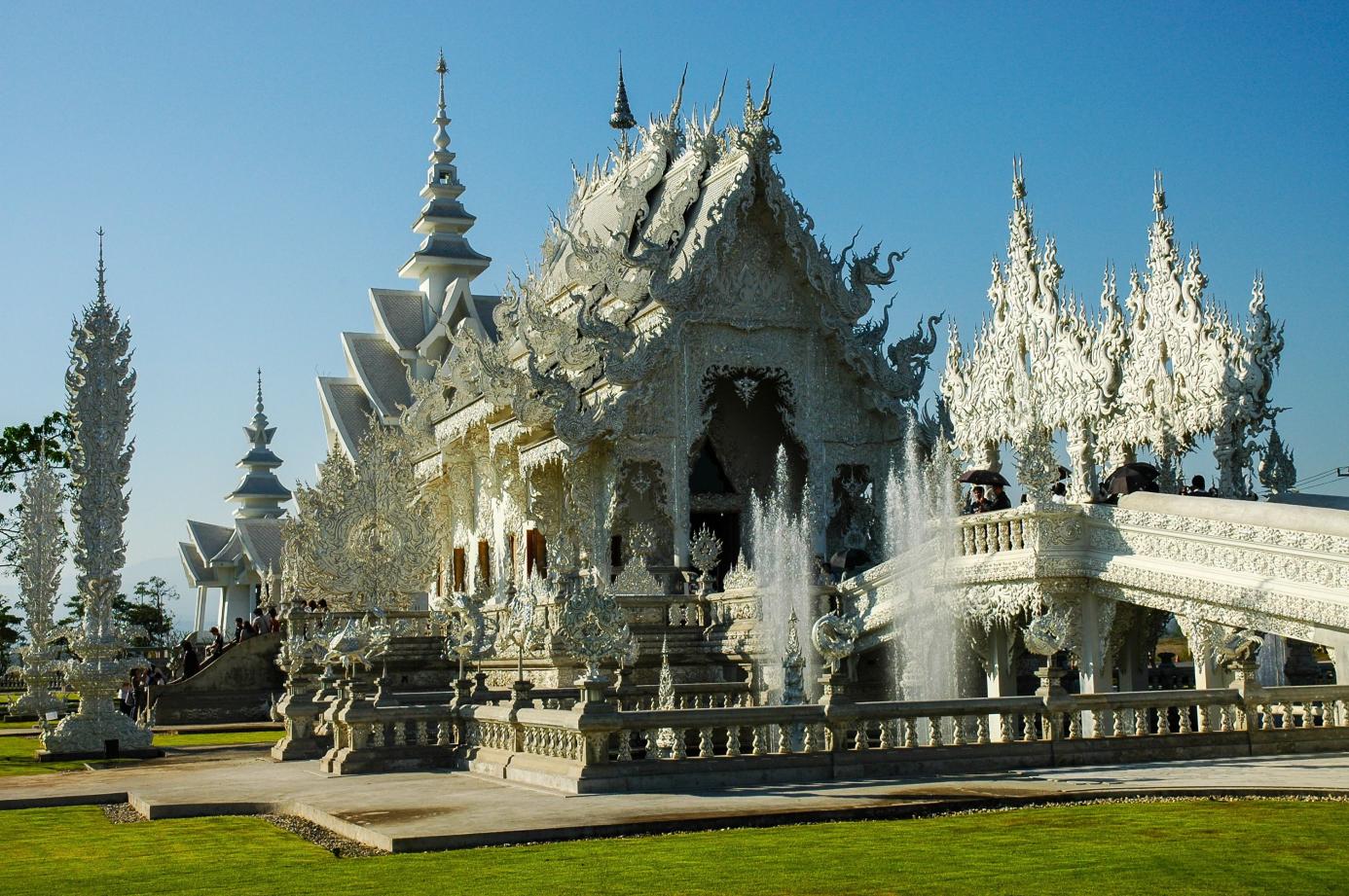
In the heart of Northern Thailand lies Chiang Rai, a city celebrated for its cultural heritage and natural beauty. Begin your journey with a visit to the mesmerizing Wat Rong Khun (White Temple), where modern design meets traditional Thai art. Dive into the historic charm of the city at Mingmuang Temple, appreciated for its detailed carvings. Head north to encounter the Baan Dam Museum (Black House), offering a unique art collection in a series of traditional structures. For panoramic mountain views, venture to Phu Chi Dao, and continue to the scenic Doi Pha Tang, perfect for hiking enthusiasts. End your adventure at the vibrant Chiang Rai Night Bazaar, sampling local delicacies and exploring artisan crafts. This itinerary blends the best of Chiang Rai’s cultural and natural attractions, making for an enriching travel experience.
- Pattaya
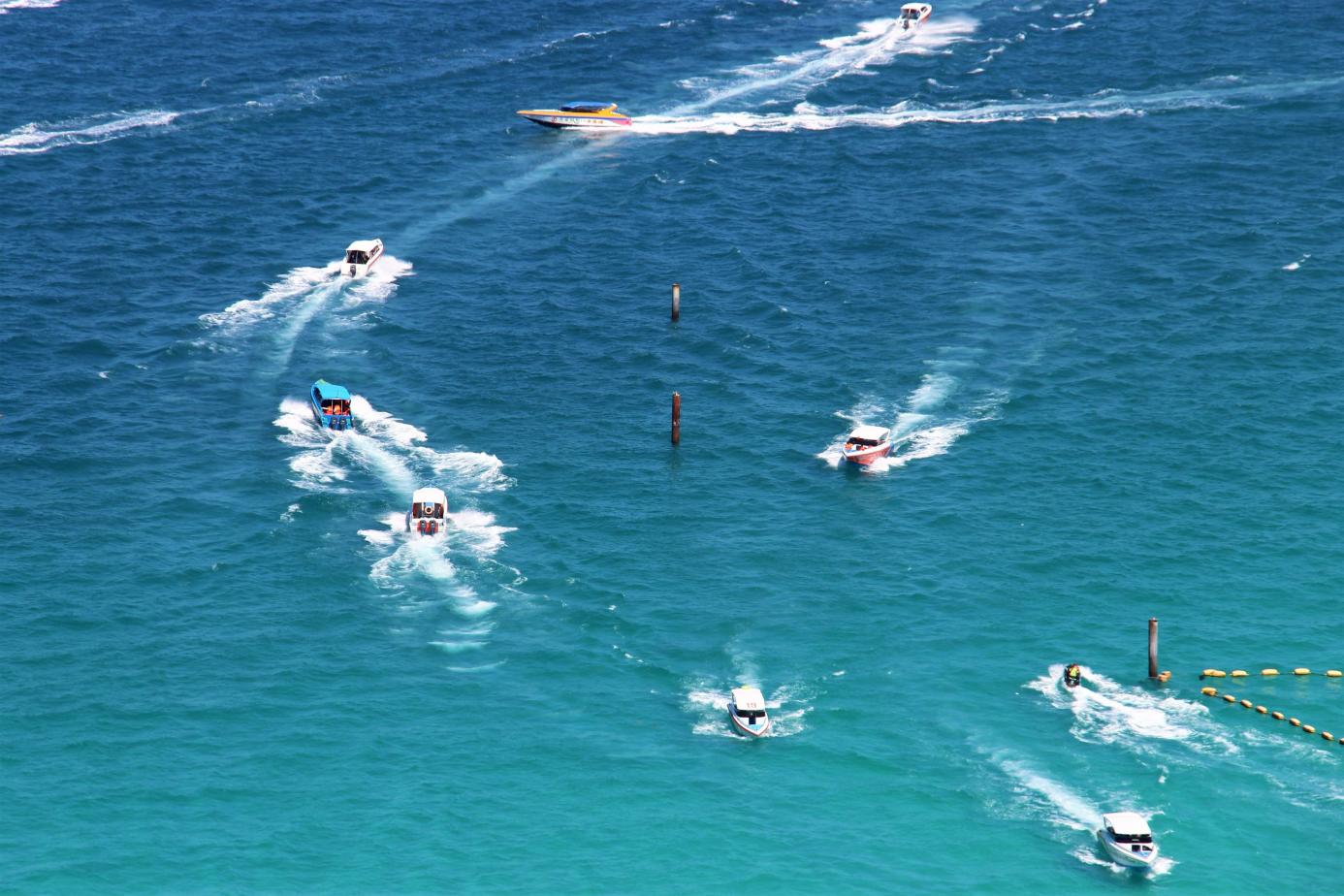
Pattaya, a vibrant coastal city on Thailand’s eastern Gulf coast, is famed for its beautiful beaches, lively nightlife, and intriguing cultural sites. Discover the allure of Pattaya by first visiting the stunning Sanctuary of Truth, renowned for its exquisite wooden carvings. Journeying southwards, the impressive Khao Chee Chan Buddha Mountain presents a remarkable sight with its grand Buddha image etched into the stone. Next, the nearby Silverlake Vineyard offers serene views and a tranquil retreat. As you continue, Pattaya Beach provides an ideal spot for unwinding by the sea. While Koh Lan can be reached by a short ferry ride from Bali Hai Pier, its pristine beaches make for a worthwhile excursion. Returning to the mainland, the lush landscapes of Nong Nooch Tropical Garden await exploration. Conclude your adventure on Walking Street, enjoying vibrant nightlife and flavorful cuisine.
Useful Website and Numbers
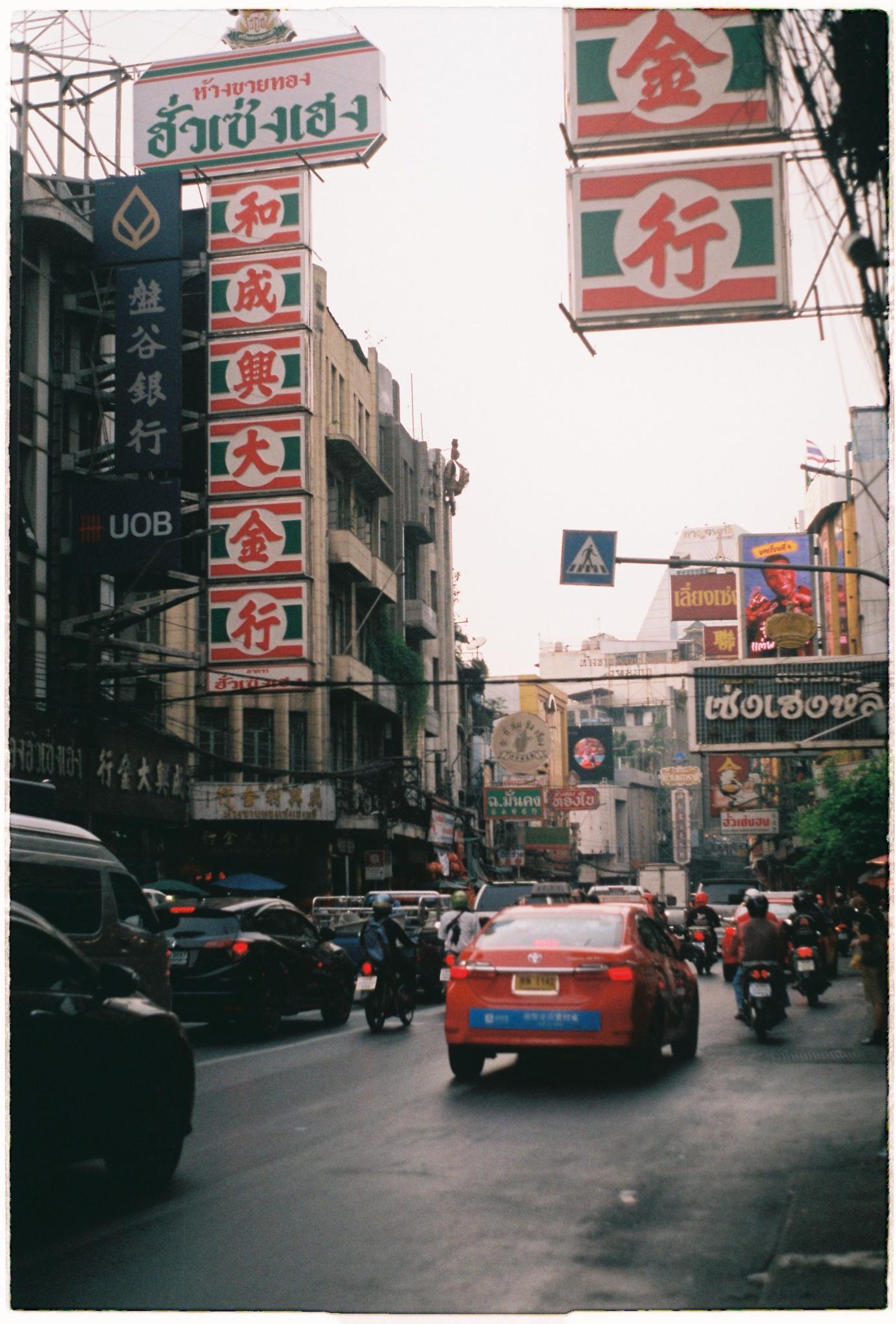
- Thailand’s official tourism website
The official website of Tourism Authority of Thailand
- Emergency services
Police: 191
Fire Department: 199
Ambulance: 1699
Roadside Assistance:
Roojai Co.,Ltd.: 02 582 8844
Thai Pattana Insurance Public Co.,Ltd.: 02-305-8799
- Embassy Numbers by Country
The official website of Tourism Authority of Thailand
- You can also call your car rental company
For the rental company’s phone, please refer to your rental confirmation.